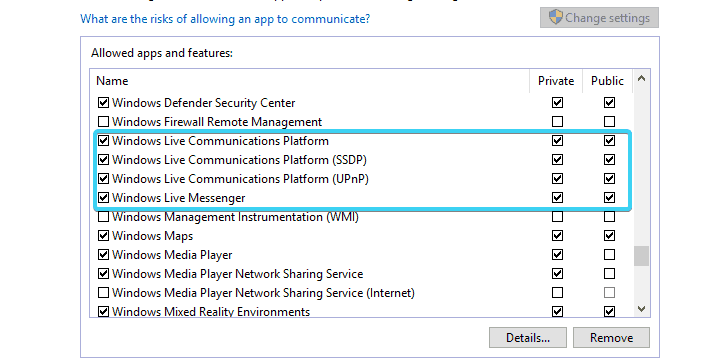

However, we are continuing our process of streamlining our processes and reducing customizations for our Windows devices. We used to run this script as part of the Task Sequence but found that it started hanging so we moved it to the offline servicing process instead. I have integrated it into my Windows 10 offline servicing script that I use to apply updates to my image each month. It uses PowerShell and an XML file with a list of apps to be removed. We have been using a customized version of a script that Michael Niehaus published in 2015. If you’ve been managing Windows 10 for very long, you’ve likely implemented a script or other method to remove some of the In-Box apps that come with Windows 10.

Using SCCM Task Sequence Variables as Scripts.Triggering ConfigMgr Client Actions from a Task Sequence.Dynamically Updating Unattend.XML during an OSD Task Sequence using MDT Variables and ZTI Scripts.Debugging SCCM/ConfigMgr Task Sequences on the Fly.Clearing Local Group Policies during an Windows 7 to 10 In-Place Upgrade Task Sequence.Part 5 – Dynamic Whitelisting using the Cisco ISE External RESTful Service.Part 4 – Integrating 802.1x Authentication into an In-Place Upgrade Task Sequence.Part 3 – Integrating 802.1x Authentication into a Bare Metal Task Sequence.Part 2 – Building an 802.1x Enabled WinPE Boot Image.Part 1 – Building an 802.1x Computer Authentication Script.Windows 10 Feature Updates – Using Setupconfig.ini to Manage Feature Updates in the Enterprise.Windows 10 Feature Updates – Using Custom Action Scripts.Windows 10 Feature Updates – The Challenge of Servicing in the Enterprise.Windows 10 Feature Updates – Leveraging SetupDiag for Better Reporting.If this field is empty, the application can only be uninstalled in the classical way that is, using a dialog box.įinally, click on Apply to confirm your choice. The Uninstall in silent mode command field allows you to uninstall automatically, without human intervention.This command requires human intervention. The Uninstall command field contains the command line used to uninstall the Windows Live Messenger software.Select the software to be uninstalled from the list offered ( cf. To do this, give the name of a computer in the Search in field and then click on Generate button to obtain the list of software installed on it. In the Add an action dialog box, choose the Uninstall action and then click on the magnifying glass button to select the software ( cf. Some examples of deployments by using IDEAL Dispatch Uninstall Action: How to uninstall Windows Live Messenger in silent mode?Įxample n☁5: Uninstalling the Windows Live Messenger applicationĬreate a new distribution by setting up the start-up account for the agent, the computers involved in the distribution and finally add a new action. FAQ : IDEAL Dispatch Remote Software Deployment & Remote Uninstall Software for Windows


 0 kommentar(er)
0 kommentar(er)
